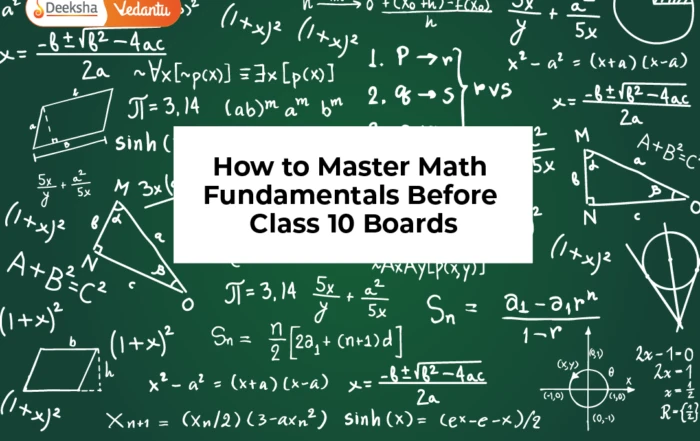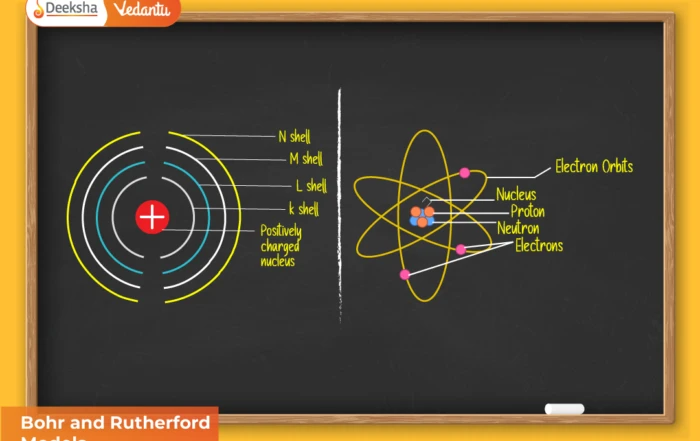
Introduction
The circle is the simplest of all conic sections. It is obtained when a plane cuts a right circular cone perpendicular to the axis of the cone or parallel to its base. Geometrically, a circle is the locus of all points in a plane that are at a constant distance (radius) from a fixed point (centre).
Circles appear in nearly every field of mathematics and real life — from wheels and coins to trigonometry, coordinate geometry, and advanced calculus. For JEE, KCET, and COMEDK, circle equations, tangents, normals, and geometric properties frequently appear in both direct and application-based problems.
Standard Definition of a Circle
A circle is defined as the locus of all points in a plane equidistant from a fixed point.
- Fixed point → Centre (h, k)
- Constant distance → Radius r
Derivation of the Standard Equation
Let the centre be C(h, k) and a point P(x, y) lie on the circle.
Distance formula gives:
CP² = (x – h)² + (y – k)²
Since distance CP = r, we have:
(x – h)² + (y – k)² = r²
This is the standard equation of a circle with centre (h, k) and radius r.
Equation of a Circle with Centre at the Origin
If the centre is at (0, 0), the equation reduces to:
x² + y² = r²
This is often the starting point for many problems in JEE and KCET.
General Equation of a Circle
Expanding the standard form:
(x – h)² + (y – k)² = r²
⇒ x² – 2hx + h² + y² – 2ky + k² = r²
⇒ x² + y² – 2hx – 2ky + (h² + k² – r²) = 0
Let g = –h and f = –k, c = h² + k² – r².
Thus, general equation of a circle is:
x² + y² + 2gx + 2fy + c = 0
Here,
- Centre = (–g, –f)
- Radius = √(g² + f² – c), provided g² + f² – c > 0
Conditions for a General Equation to Represent a Circle
The quadratic equation in x and y,
ax² + ay² + 2gx + 2fy + c = 0
represents a circle if:
- Coefficients of x² and y² are equal (a ≠ 0)
- There is no xy term
Special Cases of Circles
- Circle through the origin:
Equation: x² + y² + 2gx + 2fy = 0 - Circle touching the x-axis:
Equation: x² + (y – a)² = a², with centre (0, a). - Circle touching the y-axis:
Equation: (x – a)² + y² = a², with centre (a, 0). - Circle passing through two points:
General form can be derived using substitution of both points.
Position of a Point Relative to a Circle
For point P(x₁, y₁) and circle (x – h)² + (y – k)² = r²:
- If (x₁ – h)² + (y₁ – k)² < r² → Point lies inside circle
- If (x₁ – h)² + (y₁ – k)² = r² → Point lies on circle
- If (x₁ – h)² + (y₁ – k)² > r² → Point lies outside circle
This is a frequent MCQ in KCET and JEE.
Equation of a Diameter of a Circle
The equation of a line passing through the centre (h, k) is:
y – k = m(x – h)
If this line passes through a point P(x₁, y₁) on the circle, it becomes the equation of a diameter.
Equation of Tangent to a Circle
Tangent at Point (x₁, y₁) on the Circle
For circle x² + y² = r²:
Equation of tangent = xx₁ + yy₁ = r²
For circle (x – h)² + (y – k)² = r²:
Equation of tangent = (x – h)(x₁ – h) + (y – k)(y₁ – k) = r²
Length of Tangent from an External Point
For external point P(x₁, y₁), tangent length to circle x² + y² + 2gx + 2fy + c = 0 is:
√(x₁² + y₁² + 2gx₁ + 2fy₁ + c)
Equation of Normal to a Circle
At point P(x₁, y₁) on circle x² + y² = r², equation of normal is simply the line joining centre (0, 0) and point P:
y – y₁ = (y₁/x₁)(x – x₁)
Radical Axis of Two Circles
Given two circles:
x² + y² + 2g₁x + 2f₁y + c₁ = 0
x² + y² + 2g₂x + 2f₂y + c₂ = 0
Subtracting gives:
2(g₁ – g₂)x + 2(f₁ – f₂)y + (c₁ – c₂) = 0
This is the equation of the radical axis.
Solved Examples
Example 1: Equation of a Circle
Find the equation of a circle with centre (3, –2) and radius 5.
Solution:
Equation: (x – 3)² + (y + 2)² = 25
Example 2: Point Inside/Outside Circle
Check if point (4, 5) lies inside the circle x² + y² = 25.
Solution:
Distance from origin = √(4² + 5²) = √41 ≈ 6.4
Radius = 5
Since 6.4 > 5, the point lies outside.
Example 3: Equation of Tangent
Find equation of tangent to circle x² + y² = 25 at point (3, 4).
Solution:
Equation: xx₁ + yy₁ = r²
⇒ 3x + 4y = 25
Example 4: Length of Tangent
Find tangent length from point (7, 1) to circle x² + y² = 25.
Solution:
Tangent length = √(x₁² + y₁² – r²)
= √(49 + 1 – 25) = √25 = 5
Example 5: Radical Axis
Find the radical axis of circles x² + y² – 6x – 8y + 9 = 0 and x² + y² – 2x – 4y – 7 = 0.
Solution:
Subtract equations: (–6 + 2)x + (–8 + 4)y + (9 + 7) = 0
⇒ –4x – 4y + 16 = 0
⇒ x + y = 4
Applications in Exams
- JEE Main: Circles often appear in coordinate geometry, with focus on tangents, normals, radical axis, and combined conics.
- JEE Advanced: Mixed problems involving circle + parabola/ellipse intersections.
- KCET/COMEDK: Direct formula-based MCQs like tangent equations, point location, or length of tangent.
Marks Distribution (approximate, based on past trends):
- JEE Main: 1–2 questions (~4–8 marks)
- JEE Advanced: 1 mixed problem (~4 marks)
- KCET/COMEDK: 2–3 direct questions (~6–9 marks)
Conclusion
The circle is the most fundamental conic section, bridging basic geometry and advanced coordinate geometry. Starting from its simple definition as a locus, we derived the standard and general equations, studied properties of tangents, normals, diameters, and radical axes.
For JEE, KCET, and COMEDK, mastering these formulas and practicing standard solved examples is essential. Circles also form the gateway to advanced conics like ellipse, parabola, and hyperbola, making this section a must-mastery for Class 11 students.











Get Social